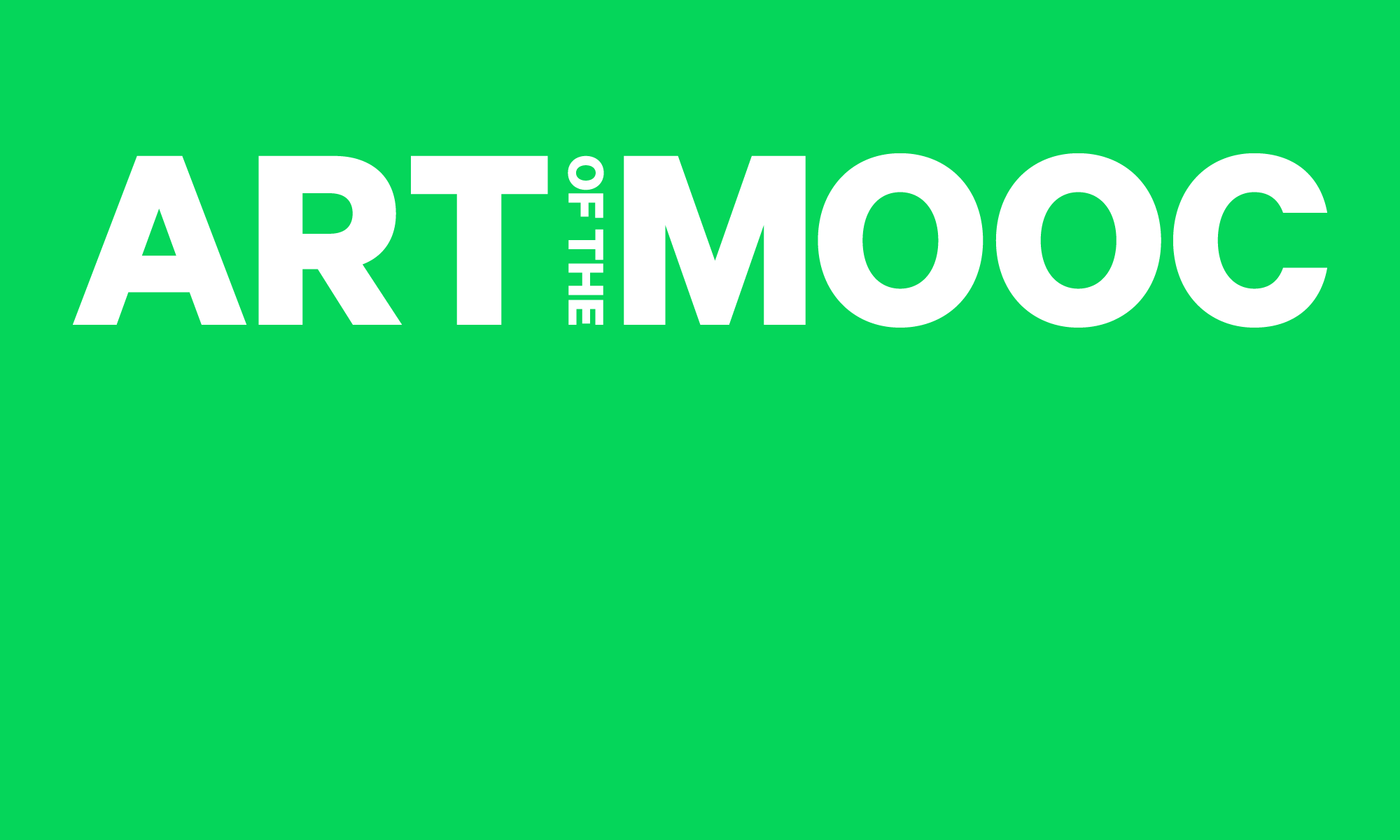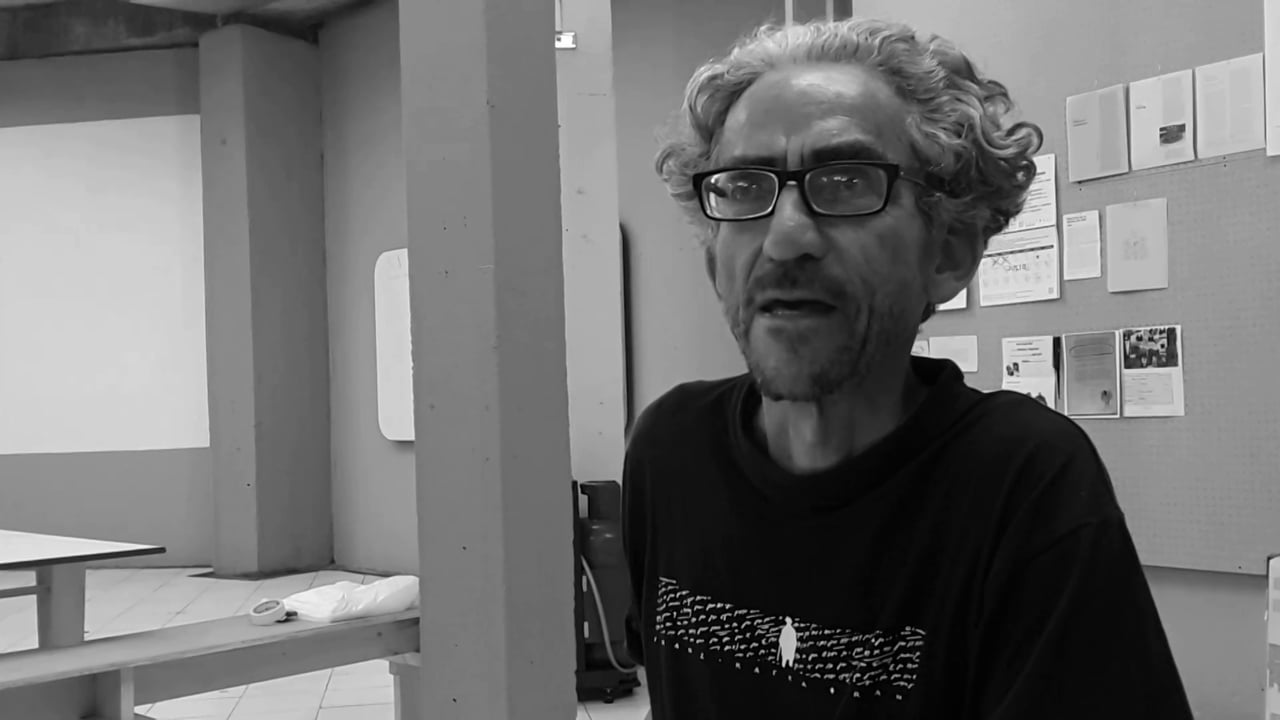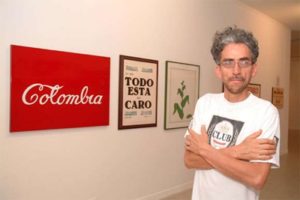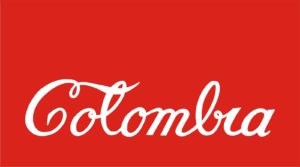Antonio Caro is one of the most influential Colombian artists in Latin America. Since the seventies, Antonio Caro is a figure of revolution. Today, with over forty years of experience, not only remains in force, but still shakes the foundations of the national art scene. Caro is a legend: a kind of superhero.
He is recognized as one of the pioneers of conceptual art in Latin America and owning a particular brand that mixes irreverence and controversy. At 63 years and still select their daily pint, which is the same for decades: jeans, boots, shirts with slogans and backpacks slung over his chest. One of his most representative works is “Colombia” which made the calligraphy of the famous brand of soda Coca Cola, image through which the artist expresses Colombia pays homage to the American empire.
The artist Luis Camnitzer has written that Caro’s strategies are those of a “visual guerrilla.” His work questions how Colombia’s cultural institutions attempted to expel internal difference from the narratives of Latin American nations during the Cold War. Caro’s first well-known work,Friends: Late Homage to Your Friends from Zipaquirá, Manaure and Galerazamba (Head of Lleras)* consisted of a head made of salt, outfitted with spectacles, bearing a strong resemblance to Carlos Lleras Restrepo, a former president of Colombia. The piece was first shown at the 1970 salon of the National Museum of Colombia, an iconic institution in the cultural construction of Colombia as a modern nation. It was placed inside a glass box where the salt slowly dissolved and salt water ran all over the museum’s floor. Some art critics—and the political left—interpreted the work as an amusing critique of how Colombia’s ruling class had caused our society’s deterioration. Head of Lleras received honors in the salon and, as Caro says, “catapulted” him to a position of prominence in Colombia.
“COLOMBIA” his work Colombia on metal sheet. An artwork that for decades has brought to the mind of its audience debates about the identity of Colombians and the consumer society they belong to. As years go by, the Colombia piece has not stopped been current on the contrary, it forces us more and more to reflect upon a culture that revolves around a capitalist society and that has come to define us as people. “This superimposition of “Colombia and the Coca-Cola logo points not just at U.S. imperialism but at how “we” and “they” cannot be disentangled one from the other”. (Suescun, 1998)
Antonio Caro (b. 1950, Bogotá, Colombia) is a contemporary artist known for using conceptualizations and iconic visuals that often make political commentary about his home country. Since 1970, Caro has built a career that, according to the categorizations of history and criticism, denotes an authentic example of conceptual art in Colombia. Since then, Caro’s work has proposed a critical eye on social and political conditions in his country, as to their academic and popularly understood historical connotations. Caro’s work is achieved through the implementation of informal procedures in traditional artistic practice, including photocopying, public installations, lectures, posters, and materials related to indigenous cultural practices, such as salt or achiote. The vast majority of his work makes use of text as a tool to communicate strong messages, but instead acquires the paradoxical nuances of a political nature as a means of production and dissemination. One may classify Caro’s art as politically charged pop art. In 1998, Caro received the prestigious Guggenheim Fellowship.




